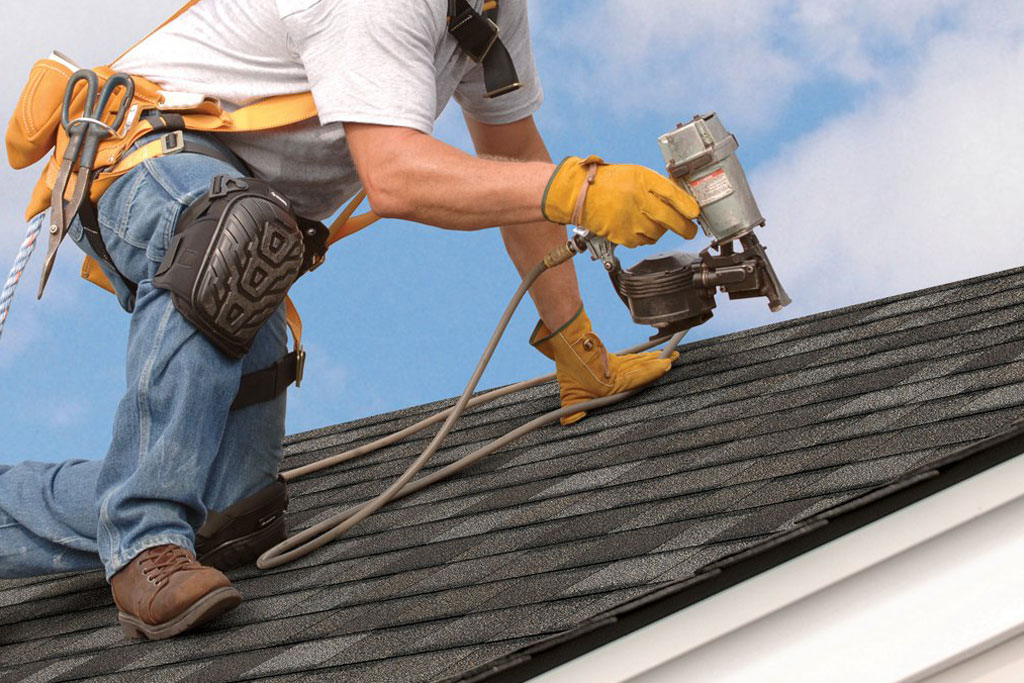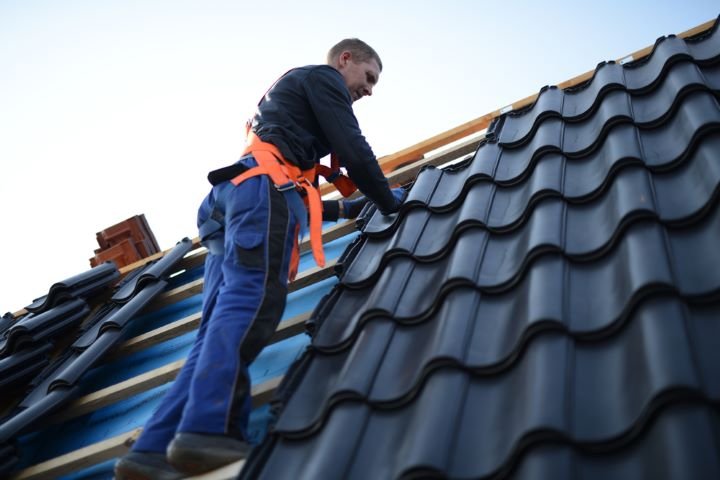Choose Cleveland Roofing Specialists for Fast, Efficient, and Affordable Roofing Services
Choose Cleveland Roofing Specialists for Fast, Efficient, and Affordable Roofing Services
Blog Article
A Comprehensive Overview to Effective Roof Covering Flat Roofing System Installment
The ins and outs of level roof covering installment need a thorough strategy, starting with a thorough understanding of numerous level roofing types and the vital materials required for optimum performance. An effective installment pivots not only on the choice of materials yet likewise on the preparation and execution of each action entailed in the process. As we explore the crucial stages from prep work to maintenance, it comes to be evident that neglecting even small details can considerably impact the roof covering's durability and effectiveness. What specific approaches can make sure a seamless installment that stands up to the test of time?
Recognizing Flat Roofing System Types
When considering level roofings, it is necessary to recognize the different kinds readily available, as each offers unique benefits and drawbacks tailored to certain demands. One of the most typical kinds of level roofs include Built-Up Roof covering (BUR), Modified Bitumen, and Single-Ply membranes.
Built-Up Roofing is composed of multiple layers of asphalt and crushed rock, giving outstanding durability and weather condition resistance. It is particularly advantageous in areas vulnerable to severe climate condition but might call for more maintenance as a result of its intricate building and construction.
Modified Bitumen is a preferred option for its convenience of installment and adaptability. It often uses a torch-applied or self-adhesive technique, which can be advantageous for fast fixings and long-lasting performance. Its lifespan can be much shorter contrasted to BUR.
Single-Ply membranes, including Thermoplastic Olefin (TPO) and Ethylene Propylene Diene Monomer (EPDM), are recognized for their lightweight nature and energy performance. These products are typically liked for commercial structures as a result of their cost-effectiveness and simplicity of installation (Cleveland Roofing Specialists). They may not give the exact same level of insulation as various other options.
Each roof covering type requires mindful consideration based upon climate, spending plan, and certain task demands.
Essential Products for Flat Roof Covering
A range of important products are important for the successful setup of flat roof. The choice of products directly effects sturdiness, efficiency, and overall performance.
One of the key materials is the roof membrane layer, which can be built from numerous substances such as thermoplastic polyolefin (TPO), ethylene propylene diene monomer (EPDM), or PVC. Each kind provides one-of-a-kind advantages, including UV resistance and adaptability, which are important for long term performance.
In addition to the membrane layer, insulation materials play a substantial role in energy performance. Rigid foam boards or polyisocyanurate insulation are prominent selections, as they provide outstanding thermal resistance and dampness monitoring.
Additionally, roof covering adhesives and sealants are essential for making certain a water tight installation. These items need to work with the picked membrane to avoid degeneration with time.
Preparing for Installation
Correct prep work is necessary for an effective flat roofing system setup, as it lays the groundwork for a reliable and sturdy roof system. Begin websites by carrying out an extensive evaluation of the existing roofing system structure.
Following, gather all necessary devices and products, guaranteeing that they meet sector requirements. This includes water resistant membrane layers, insulation, blinking, and bolts. Acquaint yourself with the manufacturer's requirements, as adherence to these standards is critical for guarantee functions.
Think about climate conditions; prevent setup throughout hefty rain or extreme temperature levels, which can influence product performance. By taking these preparatory actions, you can boost the likelihood of a successful flat roofing installation that satisfies both architectural and visual needs.
Step-by-Step Installation Process
With the groundwork established with detailed preparation, the next phase involves performing the flat roofing system setup systematically. Begin by making sure that the architectural deck is complimentary and clean from debris. Next, set up a vapor barrier to stop wetness build-up underneath the roof material. This step is vital for keeping the roofing's stability gradually.
Adhering to the vapor barrier installation, lay down insulation boards, guaranteeing they fit tightly with each other to reduce thermal bridging. Protect the insulation with appropriate bolts based on the roofing system kind and local structure codes - Cleveland Roofing Specialists.
Set up blinking around perimeters, vents, and any roofing penetrations to enhance waterproofing. After setup, conduct an extensive evaluation to identify any kind of prospective problems before concluding the job, ensuring a dependable and robust level roof system.
Upkeep Tips for Long Life
Normal upkeep is necessary to guarantee the durability and performance of a flat roofing system. One of the key tasks is to conduct routine inspections at least two times a year, preferably in springtime and autumn. During these evaluations, try to find indications of wear, such as blisters, cracks, or pooling water, which can indicate underlying concerns.

Guaranteeing correct drainage is important to protect against water accumulation. Inspect and clear seamless gutters, downspouts, and scuppers to guarantee unobstructed water flow. Furthermore, evaluate seals around vents, skylights, and other penetrations for any type of indications of damage, using caulk or sealant as needed to maintain a water tight obstacle.
Lastly, take into consideration specialist maintenance services every few years for extensive inspections and repair work. By adhering to these maintenance suggestions, his comment is here you can considerably expand the life of your level roof covering, guaranteeing it remains a dependable shield against the elements.
Conclusion
Efficient level roofing system installment requires an organized method incorporating extensive evaluations, product selection, and thorough preparation. Sticking to the outlined steps throughout the installation process makes certain the appropriate application of roof covering membranes and discover this insulation while improving waterproofing via effective blinking installment.
The complexities of level roof covering installation demand a thorough method, starting with a thorough understanding of various level roof covering types and the vital products needed for optimal performance.Correct prep work is essential for a successful flat roofing installment, as it lays the foundation for a resilient and efficient roofing system. After installation, carry out a detailed inspection to identify any prospective problems before wrapping up the task, making certain a dependable and robust flat roof system.

Report this page